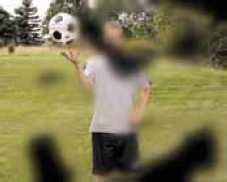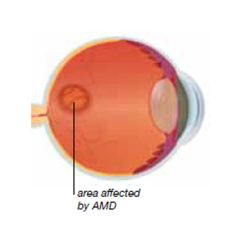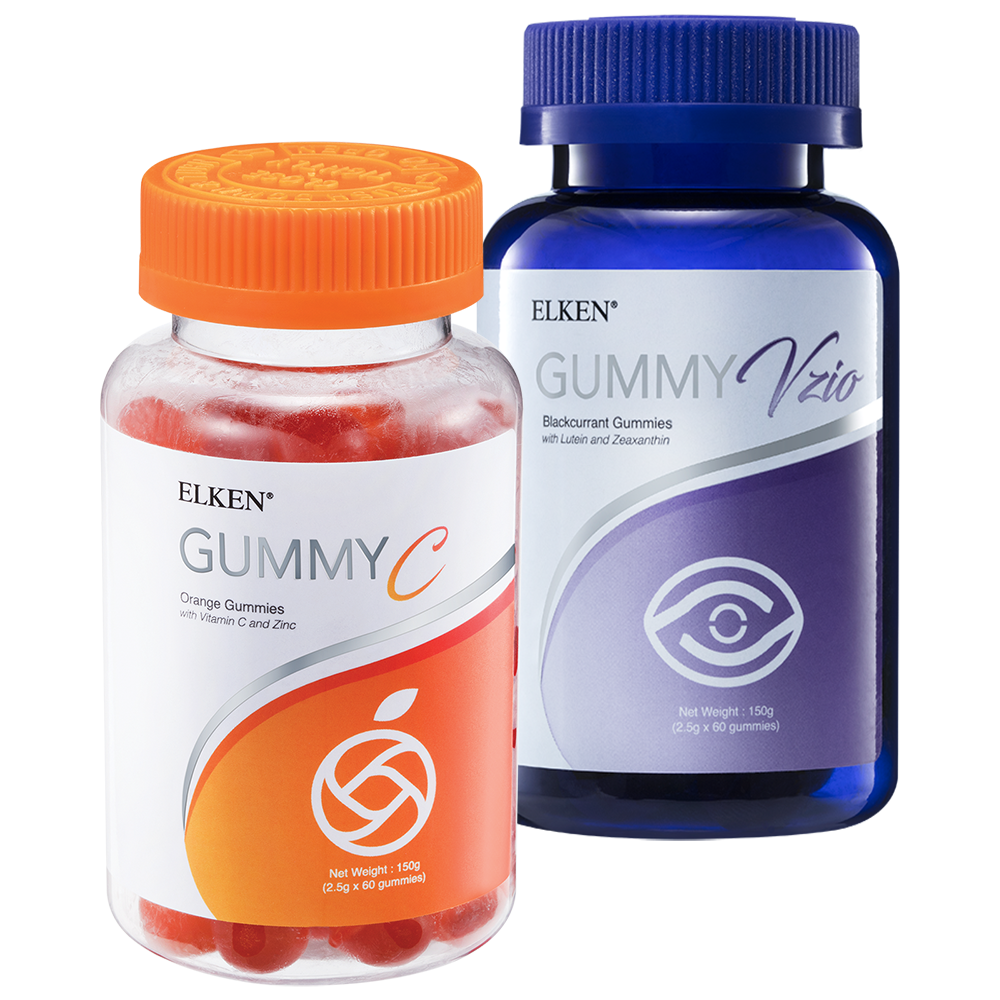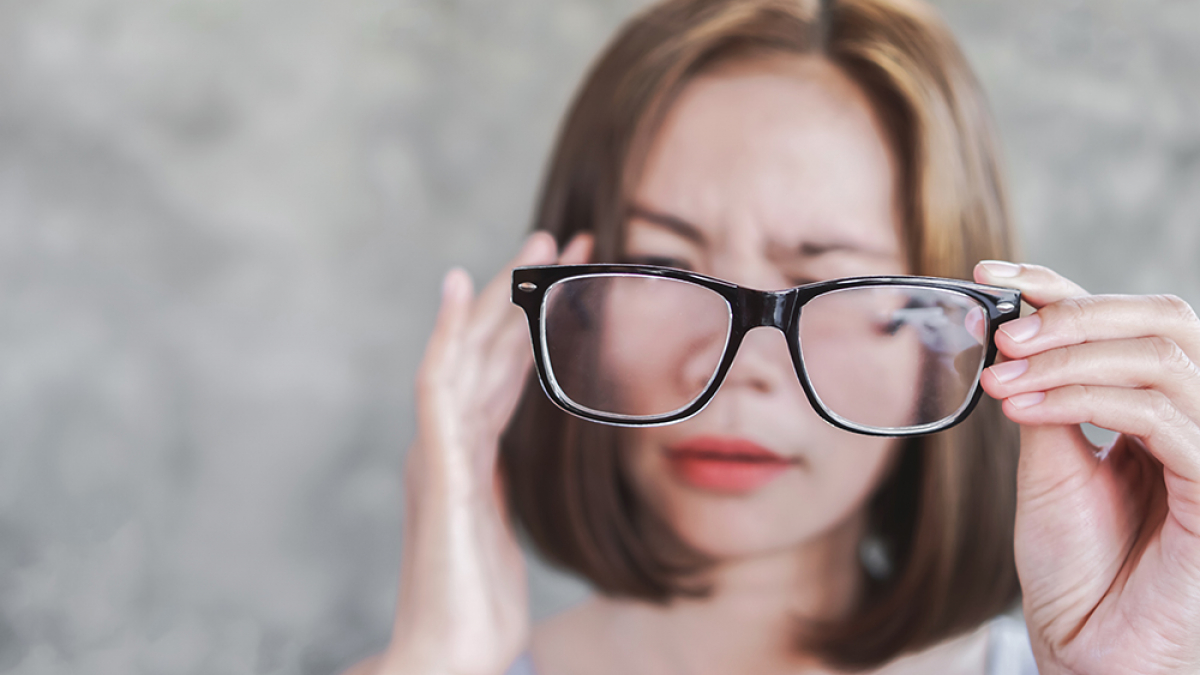By the Time Your Vision Blurs, It May Be Irreversible
The two most common eye diseases related to ageing are cataracts and AMD (or Age-Related Macular Degeneration). Unfortunately, these conditions are irreversible and can lead to partial or complete blindness.
According to the American Optometric Association, the incidences of cataracts and AMD are increasing. More than 25 million people worldwide are affected by these two diseases, with AMD as the leading cause of blindness in Caucasians aged 55 and above and the figure is expected to triple by 2025.
Cataracts
Symptom: Blurred vision
Cause: Eye lenses become cloudy and obstruct light from entering eyes


AMD
Symptom: Central vision is blur or shadowy
Cause: Deterioration of macula or formation of deposits and growth of abnormal blood vessels under the retina


Cataracts and AMD do not happen suddenly. They develop slowly as we age. Hence, people aged 40 and above should be aware when their vision changes for better or worse. On the other hand, people aged 50 and above should regularly undergo eye tests and regular check-ups to prevent the possibility of vision problems.
Common solutions for vision problems
There are currently no known temporary measures for cataracts and AMD. If either issue can be detected early, patients can either opt for invasive operations or live out the rest of their lives with the vision impairment. Some of the temporary yet invasive solutions include:
For cataracts sufferers:
- Surgery replaces the clouded lens with artificial lens.
For AMD sufferers:
- Laser therapy destroys the actively growing abnormal blood vessels.
- Anti-angiogenic medicated drugs are injected into the eye to block the development of new blood vessels and leakage from the abnormal vessels within the eye.
- Low vision aids are devices with special lenses or electronic systems that produce enlarged images of nearby objects.
- Photodynamic laser therapy is a two-step treatment where a light-sensitive drug is used to damage abnormal vessels.
So the best option is to reduce the risk factor or chances of cataracts and AMD developing.
Food for your eyes
Since these age-related eye diseases develop over time, it is therefore important to care for our eyes at an early stage. Over time, researchers have found that the intake several key nutrients can delay the onset and lessen the severity of cataracts and AMD, while working synergistically to protect and nourish the eyes.
In fact, an article published by the American Optometric Association mentioned that lutein and zeaxanthin are powerful nutrients that may reduce the risk of chronic eye diseases, including cataracts and AMD. The article added that studies have also shown that lutein and zeaxanthin can improve visual performance in AMD and cataracts patients.
Studies published in American Journal of Epidemiology, Ophthalmology and Archives Ophthalmology found higher levels of lutein and zeaxanthin in one’s diet are associated with a lower risk of AMD.
- Lutein and zeaxanthin are powerful ingredients for filtering harmful light rays
- Lutein and zeaxanthin protect eyes against the sun’s harmful UV rays by:
- Shielding the macula to reduce AMD symptoms
- Neutralise free radicals associated with oxidative stress and retinal damage to alleviate cataracts

According to the AREDS2 study in the Archives of Ophthalmology, apart from lutein and zeaxanthin, vitamin C and zinc can help to reduce the risk of age-related macular degeneration (AMD). We proudly present Elken Gummy C which contains both zinc and vitamin C, while Elken Gummy Vzio is formulated with a golden 5:1 ratio of lutein and zeaxanthin and is recommended by the US National Eye Institute. These 4 antioxidants are vital for your vision.
Take both Gummy Vzio and Gummy C for better eye health and care protection!

